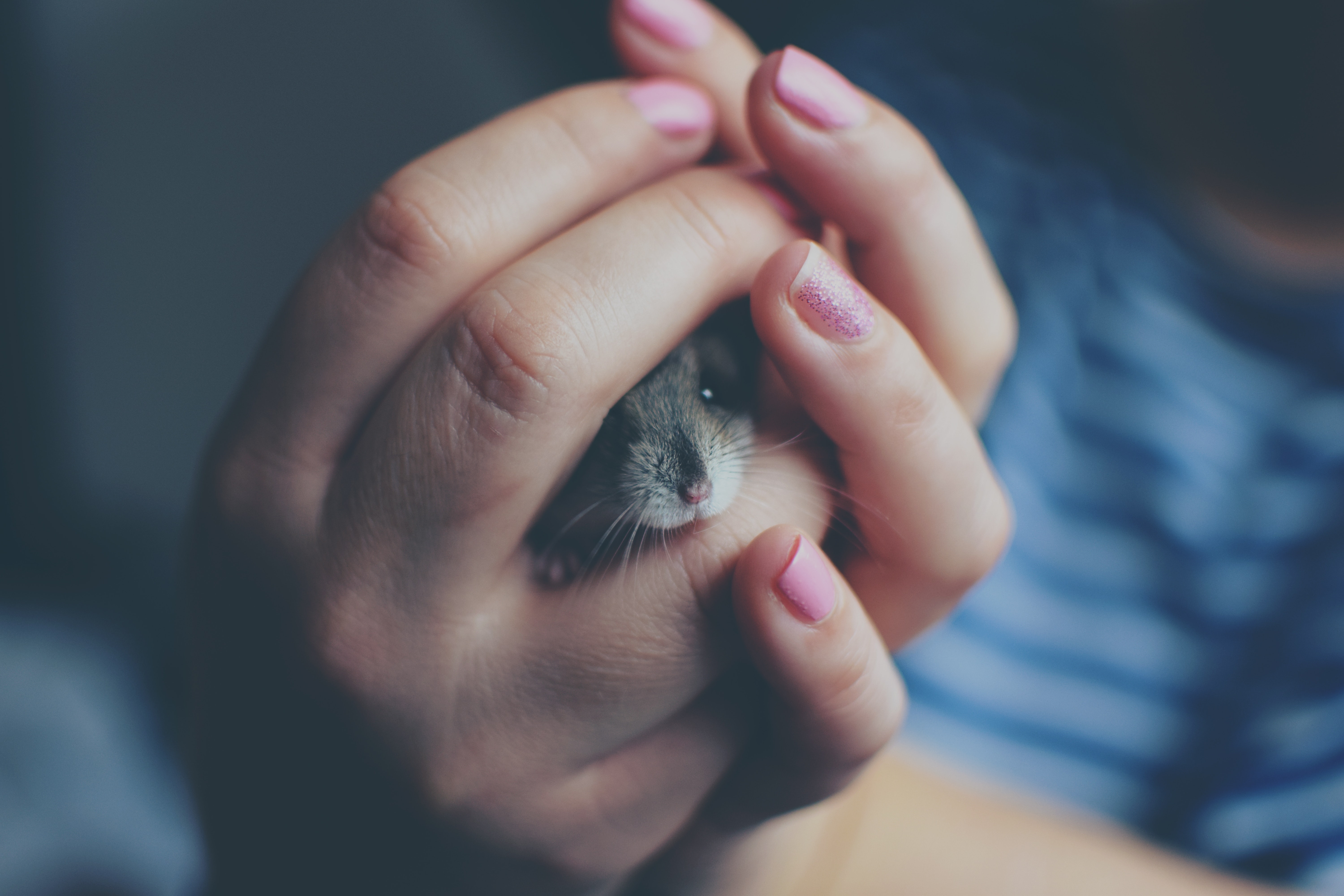All of us have the capacity to be mindful. All it involves is cultivating our ability to pay attention in the present moment.
‒ Jon Kabat-Zinn –
A friend of mine, who is a busy educator, artist, and mother of a young child recently expressed her desire to bring more mindfulness into her everyday experience, but found that she struggled with finding time for a formal meditation practice.
As a mother of two young children, I understand the difficulty of finding time to formally meditate. Some days, I can squeeze in thirty minutes of meditation, sometimes it might only be five minutes, and some days chaos requires that I rely on other methods to keep myself in a place of mindfulness.
Paths to the Present Moment
Traditionally, there are two forms of mindfulness practices, formal and informal. Formal practices include such things as sitting and walking meditation. These practices, as their name implies, involve a level of structure and formality in their completion. Informal practices, however, can be incorporated into any routine, daily activity.
As outlined by the work of Jon Kabat-Zinn, the thread that is woven into both formal and informal mindfulness practices are the qualities of intention, attention and attitude. In his own words, mindfulness is about “paying attention in a particular way: on purpose, in the present moment, and non-judgmentally.”¹
Whether we are doing formal or informal mindfulness practices, we are intentionally focused on the task at hand. Our attention is directed towards awareness of our thoughts, feelings, and bodily sensations, on a moment-by-moment basis. An attitude of non-judgment greets whatever arises and falls away from our field of experience. We are simply being with what is.
Mindfulness in Daily Life
For the sake of further elaboration on what an informal practice might look like, let’s take an everyday activity, such as showering, and see how it might be done mindfully:
First, we must intentionally bring our focus to rest on the task at hand. This means turning off our internal auto-pilot, slowing down, and attending to each aspect of the process as it unfolds. Awareness is placed on our sense perceptions, such as the sensation of water on the skin, the texture of the foam from the soap, the sense of touch as we wash our body, the smells that we come in contact with, the sounds that we hear, what we see in relationship to what we are doing. We also notice feelings and thoughts that may arise as we complete the task, allowing them to be part of the experience without getting distracted by them.
In other words, we are physically, mentally, and emotionally engrossed in what we are doing, moment-by-moment. If we come to find that we have followed a thought or feeling and wandered away from the present moment, we make note of the mental drift, and come back to the activity at hand.
Just as is true with formal practices, the simplicity of this activity may not speak to its ease. You may find yourself surprised to see how often you move out of the present moment and into a stream of thought or feeling. No matter, just bring yourself back to the task, gently and without judgement, again and again. This is the practice.
Practice Makes…Practice
Commitment to mindfulness practices is ultimately a commitment to ourselves. Like anything in life, we get out of it what we put into it. Keeping formal practices at the forefront of our lives is important. As we stick with them, we come to find that mindfulness begins to naturally spill into our daily experience. However, when we are in a pinch and short on time, informal practices can be just as meaningful and rewarding.
¹ Kabat-Zinn, J. (1994). Wherever You Go, There You Are. New York: Hyperion.


 There Is No “Sin” in Sensitivity: Mindful Parenting in Action
There Is No “Sin” in Sensitivity: Mindful Parenting in Action